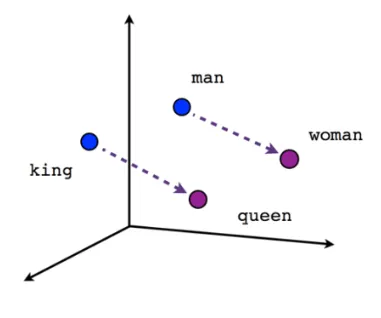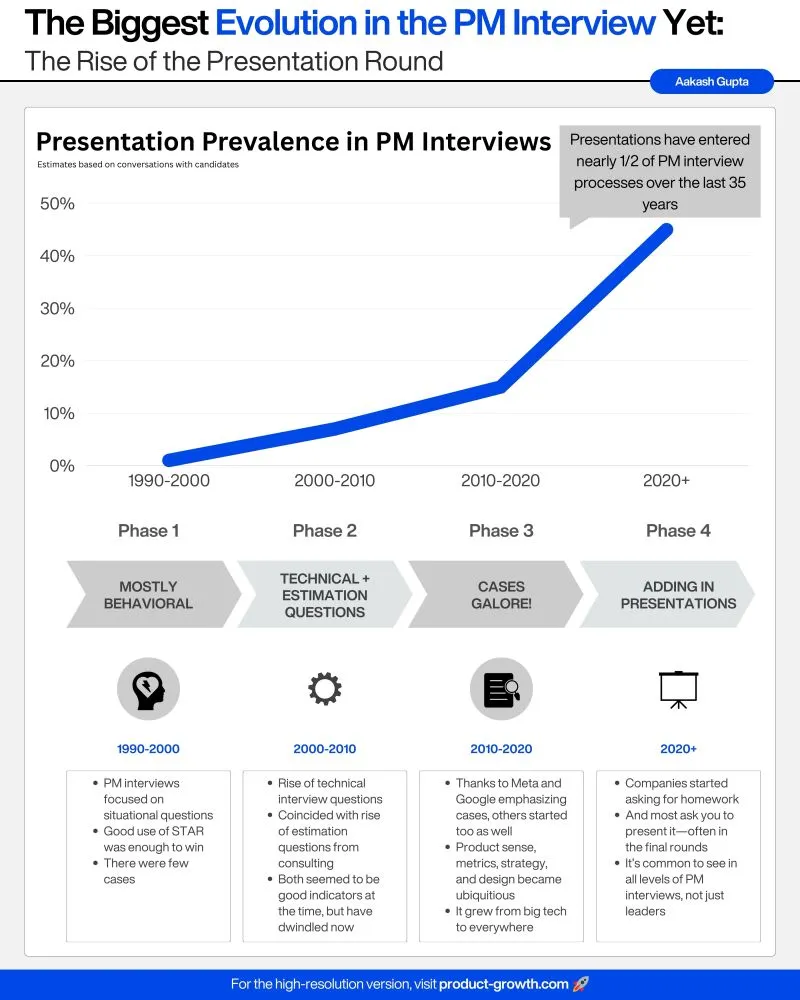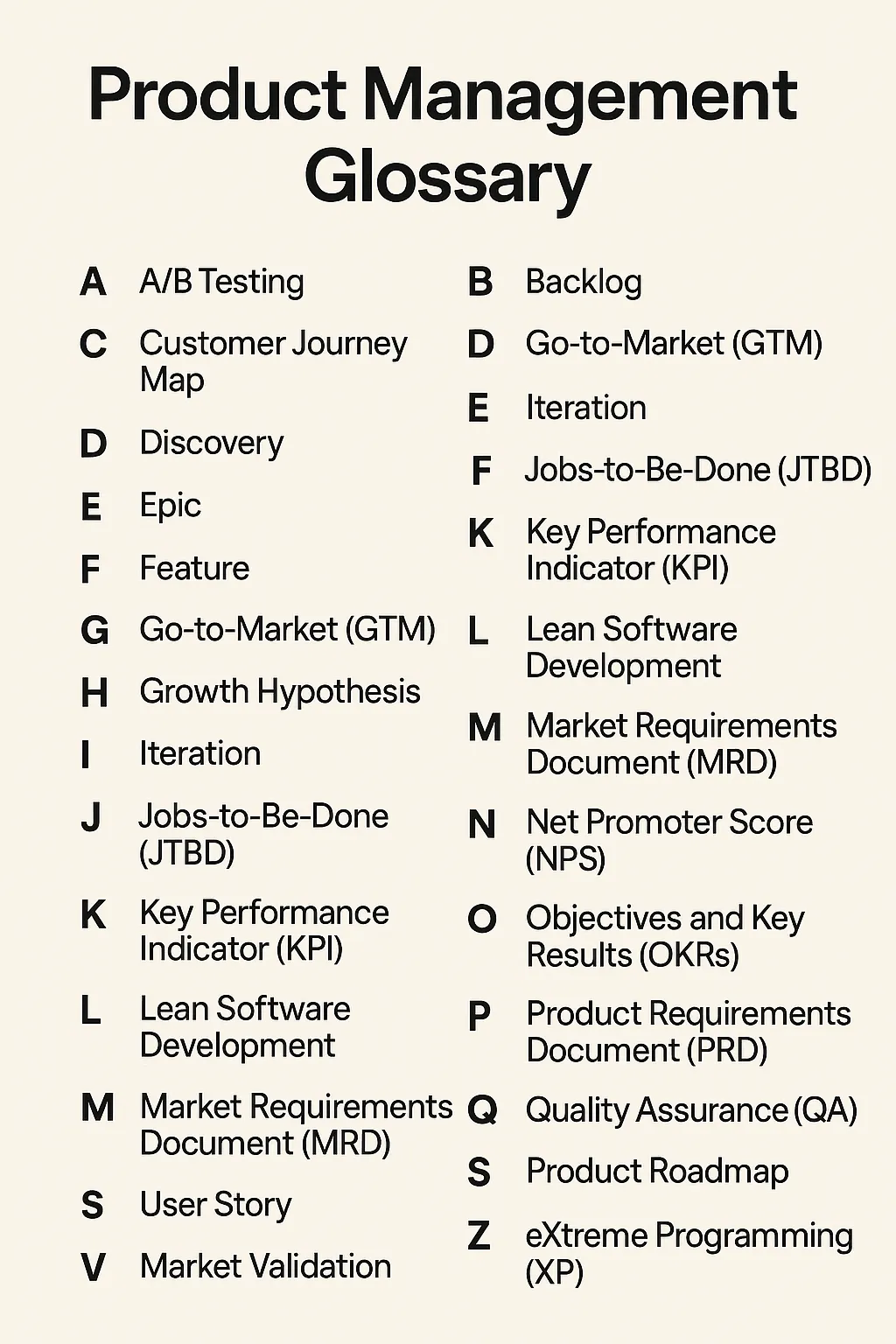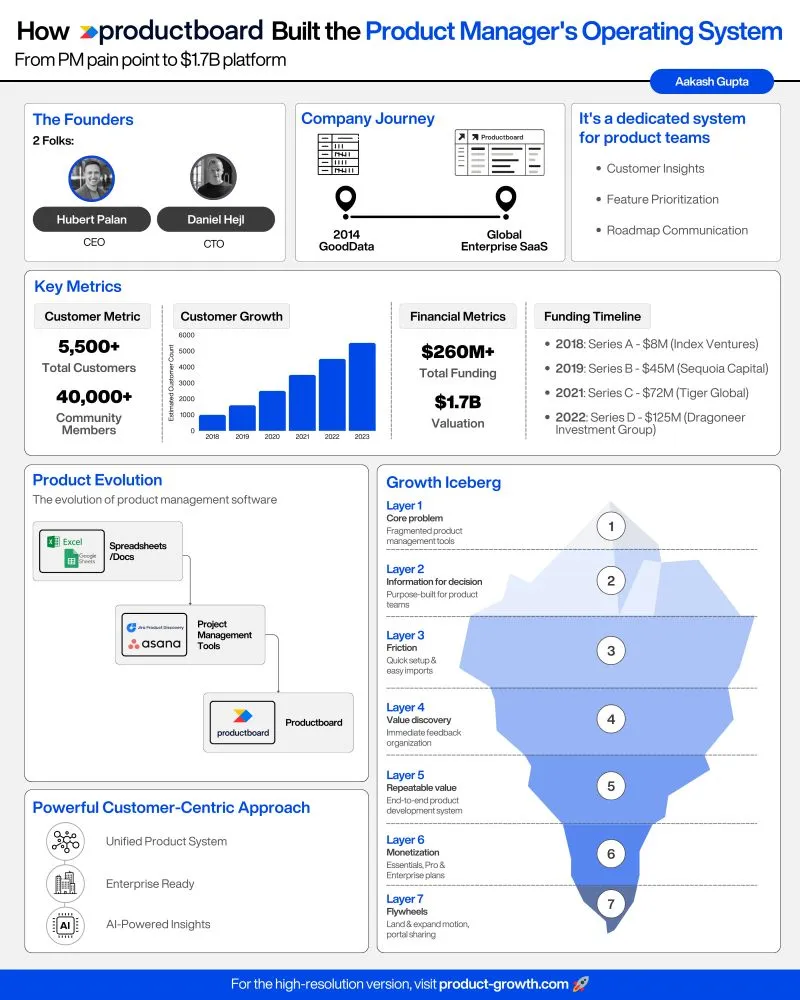
From Product Manager to AI Product Manager
Are there different expectations from AI Product Managers that an experienced Product Manager cannot meet ? How can this gap be bridged ?
Typically product managers are generalists in the software world. There are transferrable skills that make them valuable across sectors and technologies. However I have seen specialisations of various kinds — people specialising on product areas like marketplaces, search, ads; technology domains like cybersecurity, developer productivity; business domains like e-commerce, fintech, HR tech and so on.
Why focus on AI product management ?
- AI or traditional(??) Machine Learning has been driving business impact for a while (decades now). Search, recommendations, Ads, fraud detection and many such areas are heavily driven by ML algorithms
- AI is bound to have a large impact on business productivity going forward. There is some hype, but there is surely some real gains after the hype settles.
There will be a lot of effort by businesses to extract productivity gains out of AI and this will open door for more innovations.
An AI Product Manager could be working for:
- a tech company building foundational models and serving API-s (OpenAI, Anthropic, Google, Microsoft)
- a tech company building tools and applications that will be heavily influenced by AI eg. — Adobe, Google, Microsoft, Netflix; startups like Unstructured, Brainbase
- businesses that want to extract benefits from this new technology
- consulting companies that help business through the transformation (the role here might be ‘consultant’ instead of ‘PM’)
Making of an AI Product Manager
The fundamentals remain the same.
Your job as a PM is to deliver business impact by marshalling the resources of your team to identify and solve the most impactful customer problems.
— Lenny Rachitsky
You are de-risking business viability, technical feasibility, usability and value of the product you are building.
However it will definitely help a lot if you understand the technology that enables
- new and better solutions to problems that existed before
- opportunities to improve productivity from where it stands
- new opportunities that emerge as businesses start adopting this new technology
How to approach the transition to AI Product Management ?
(assumption — you already are an experienced PM)
Starting point is to build your knowledge and skills in the following areas:
- Double down on data analysis: Build expertise in analysis of structured and unstructured data and deriving insights that can drive product direction. Ability to do hands-on analysis will be valued. (Courses)
- Learn fundamentals of Machine Learning: Courses
- Typical ML project lifecycle: Course — Structuring ML Projects
- Data collection and labelling: Creative ways of data collection and labelling are important in the supervised learning world as well as ‘finetuning’ world
- Catch up with LLM-s: Generative AI with large language models
- Play around with some of the models: Open Source Models with Hugging Face
- UI Design: Guidelines for designing user interactions for AI/ML applications. — Apple’s, Google’s, Microsoft’s
- Understand popular business applications/use-cases of AI/ML. Eg: Search, recommendations, text completion, question answering
- Understand evaluation metrics: Getting a sense of evaluating ML models and their applications is very important to make sure that you are guiding the team towards impact. A starting point: How to evaluate your model ?
How to evaluate your model ?
A collection of features powered by machine learning and intuition behind their evaluation metrics
It will definitely help if you like this field. Some amount of curiosity will go a long way. In my case, I got an opportunity to work as a (senior) product manager with an ML algorithm team at Microsoft. However I was exploring this field for a long time before that.
For example, I had done experiments to predict the analytical skills and communication skills of a student based on her resume at one of my previous organisations. I remember a colleague introducing me to the magic of word vectors (word2vec) which were new at that time. The demonstration of semantic association using the following example was very popular: king — man + woman = queen
Genuine interest will go a long way. Career is a long game and AI is here to stay!
[Thanks to Anuj Gupta, Thomas Fitzsimmons for their comments and inputs on LinkedIn]









Comments ...
No Comments Yet ...Add One